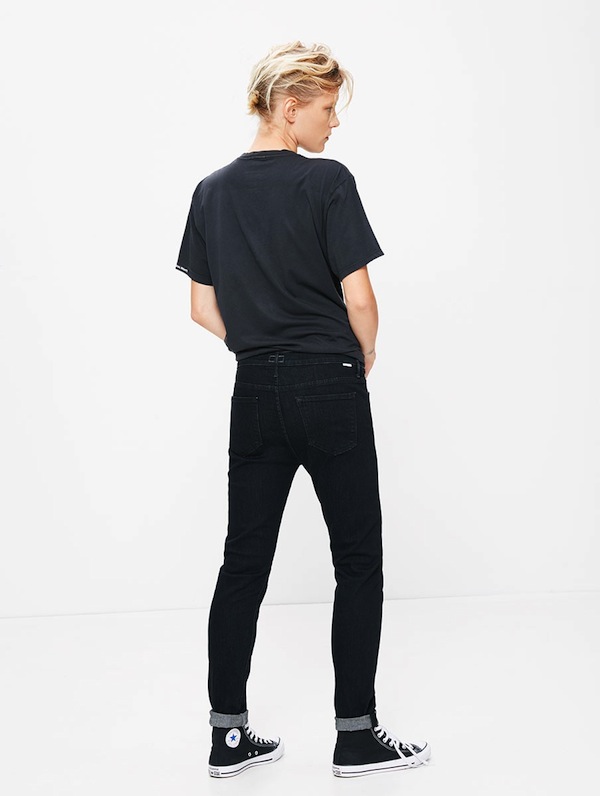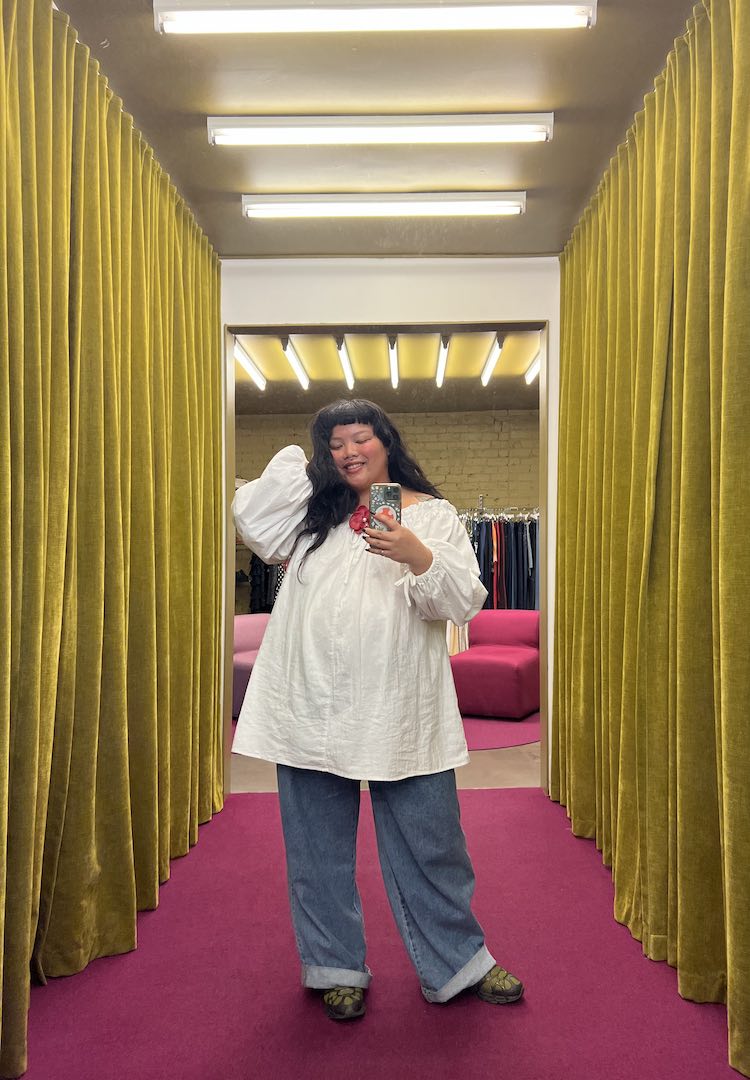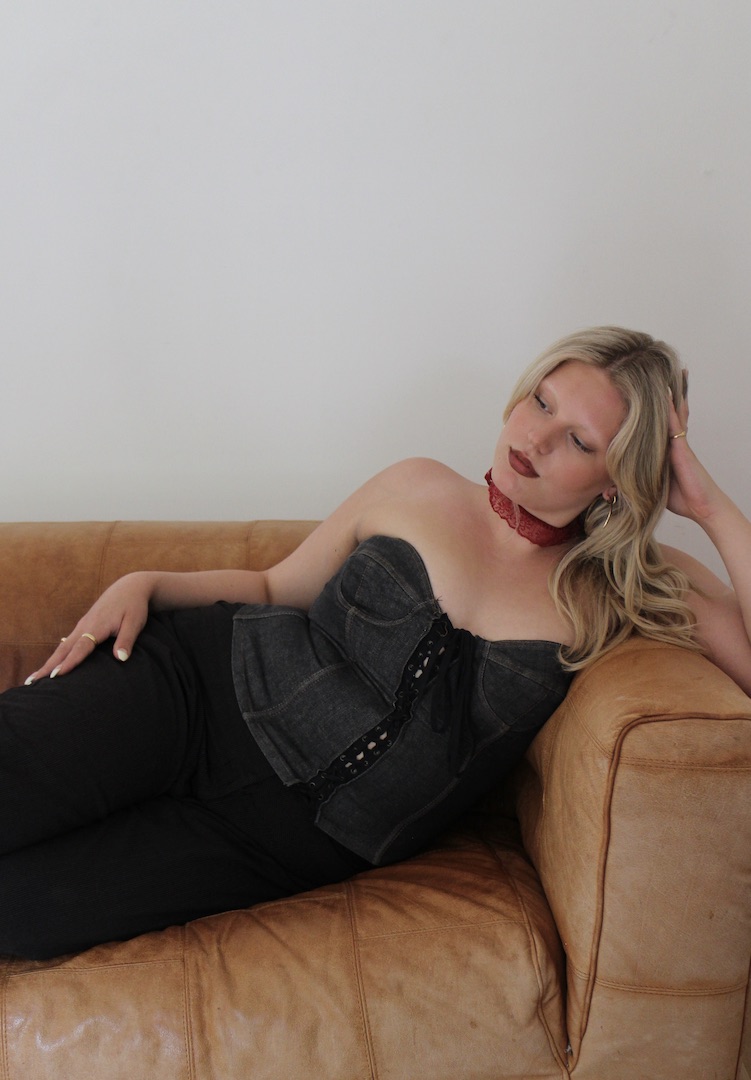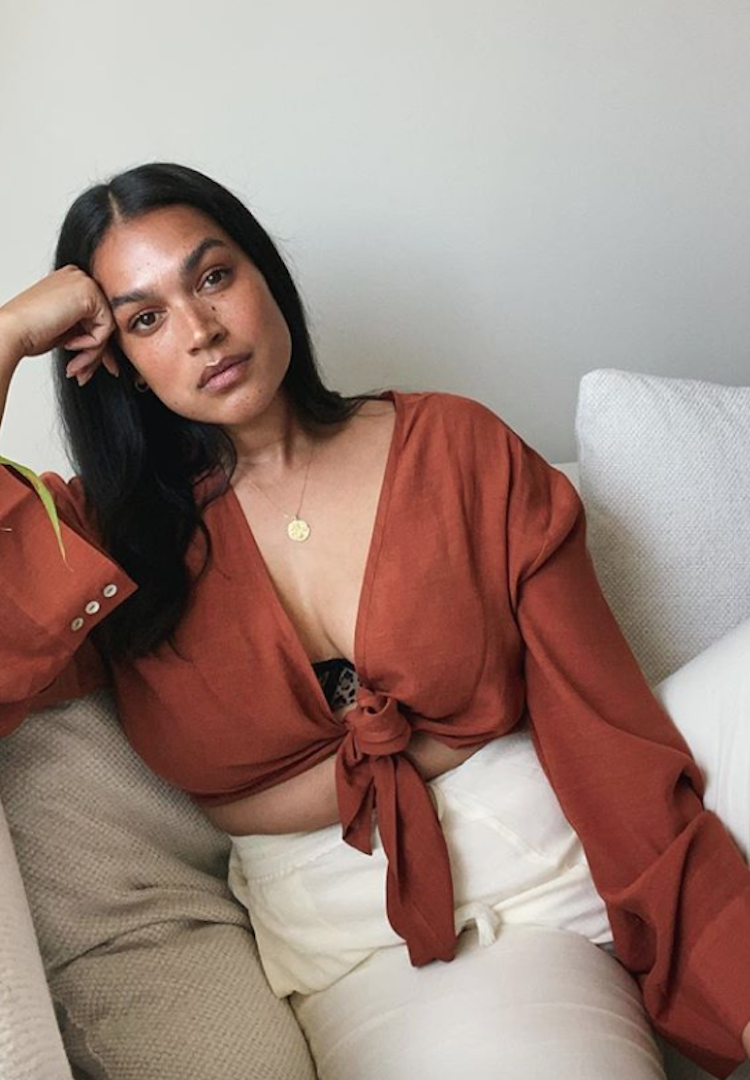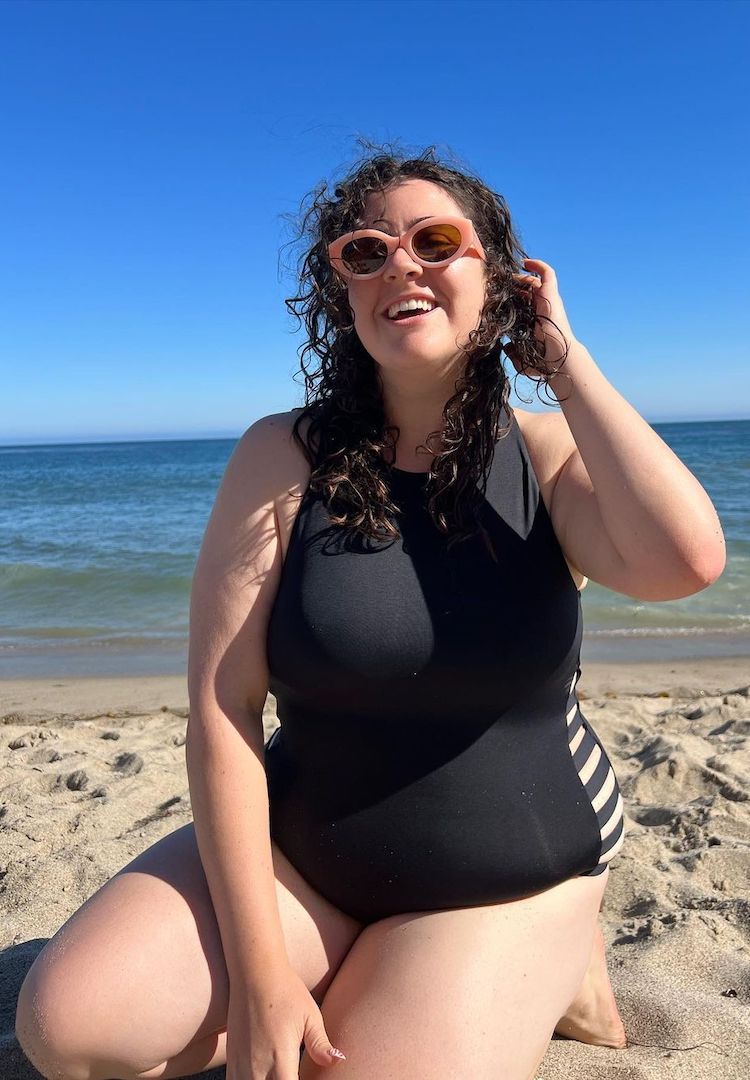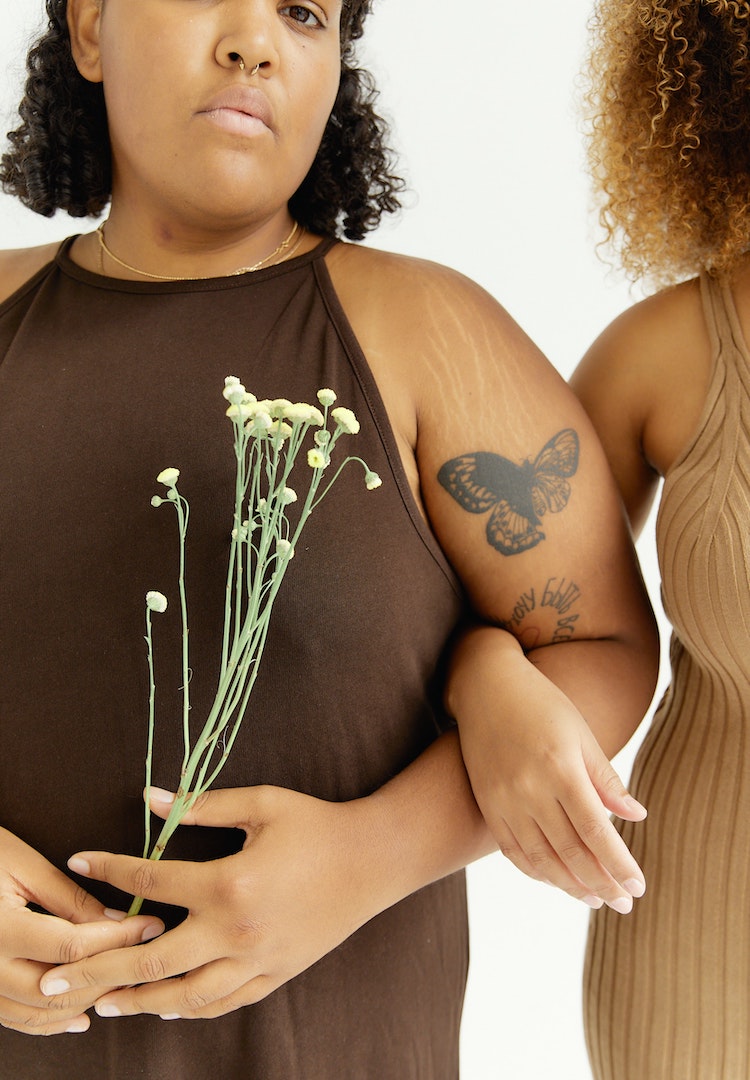Why is fashion still ignoring the plus-size customer?
Weighting on fashion to change.
There she goes, again. Another spunky, confident, well-dressed lady walking out of the store, empty handed. She loved the dress. She liked the colour, the cut and the style. Everything about it was perfect. It just didn’t quite fit.
Did I mention she’s plus-size? I shouldn’t have to. Not today. Not in 2016, where the average Australian woman wears a size 14. But after working retail for various local labels, I know this happens on the reg. While many brands overseas are willingly extending their size range (and no doubt, extending their revenue), for most high-end Aussie labels, plus-size is still a taboo.
Local retailers are struggling beneath the growing popularity of online shopping and fast fashion chains, so if the average Aussie lady is a plus-size, why aren’t we making clothes for her? It’s like opening a bar and telling half the population they can’t drink there. Believe it or not, the term ‘plus-size’ was actually rather practical when it was coined. In the 1920s, when mass manufacturing of fashion began, it referred to sizes outside what was then considered ‘average’. Back then, it was a label used to classify clothes, not the women wearing them.
That was almost a century ago. Times have changed, people. Today, we have bullet trains, microwavable popcorn and artificial limbs. The average human body shape has changed, too. But illogically, the standard fashion size range has stayed the same.
I could write an article deploring this mindset, as many before me have done. But after discussing the issue with both designers and plus-size women, I’ve become aware there’s more to making larger sizes than it seems. Cost is the biggest barrier. Manufacturing on-shore is tough enough, but the cost of creating entirely new patterns and purchasing the required amount of fabric for larger sizes is virtually unaffordable.
In the words of Australian writer and plus-size activist, Ally Garrett, “a fashion designer complaining about making more patterns is like a banker complaining about having to count more money”.
So while we witness local labels struggle against adversaries, we’re also watching them deny an influential customer patronage. It seems rather odd, right? Especially when you look to individuals and companies championing women with real waistlines, and the success and attention they’re receiving (Ashley Graham on the cover of Sports Illustrated, Paloma Elsesser for Lonely Lingerie, *sigh*). It’s difficult to see how the financial input wouldn’t pay for itself.
Recently, I had the privilege of speaking to Melbourne-based plus-size model, Laura Vudé. Laura is represented by Folk Collective and despite wearing a size 18, she’s one of the agency’s most in-demand talents.
“I don’t think Australian designers realise plus-size women want to support them,” she told me, when I asked if she found it hard to shop locally. “So we buy fast fashion and we buy online. But what else are we meant to wear when local brands won’t cater to us?”
Yes, there are some amazing local labels that cater purely to plus-size women. But based on my experience, like Laura, there is a customer out there that’s still not satisfied. She wants to sport the stuff she sees in Vogue, RUSSH and Elle. But sadly, it’s the very labels on these pages that still don’t consider her a player in the fashion stakes.
Perhaps this plus-size venture isn’t one for an already established brand to tackle. Maybe it’s a market opportunity waiting for a next-gen designer to seize.
With a gap in the market this profound, creating high-end clothes above a size 14 should be viewed as an opportunity to make change. To be an industry leader. To design the clothes few others have dared to design.
But for now, the plus-size customer waits patiently. And in many cases, with cash to burn and a beautiful body to dress. One day soon, a contemporary creative will wake up and tap this untapped market.
But the question remains: when?
This feature was originally published in Fashion Journal 159. You can read it here.
Illustration by Twylamae.



